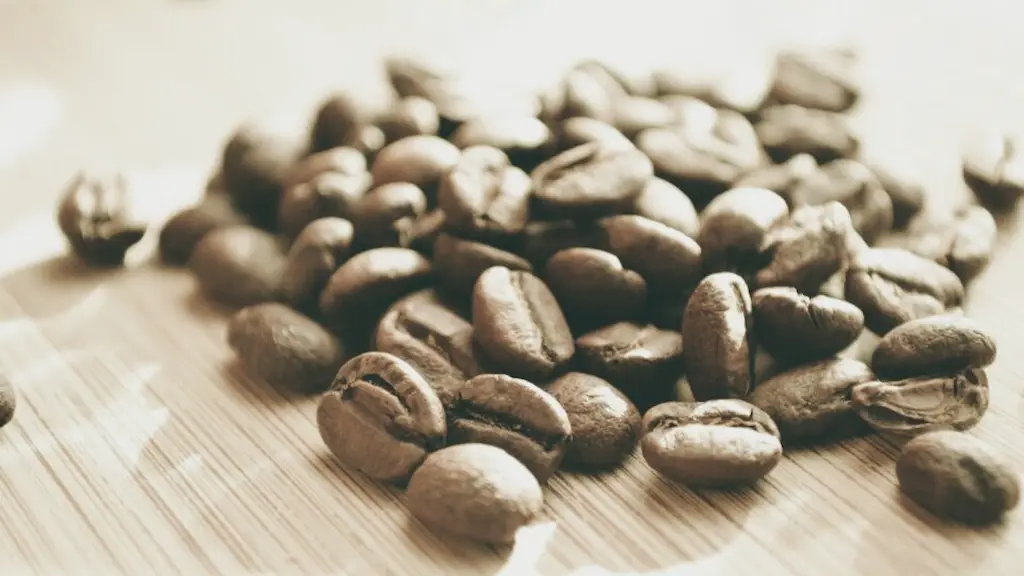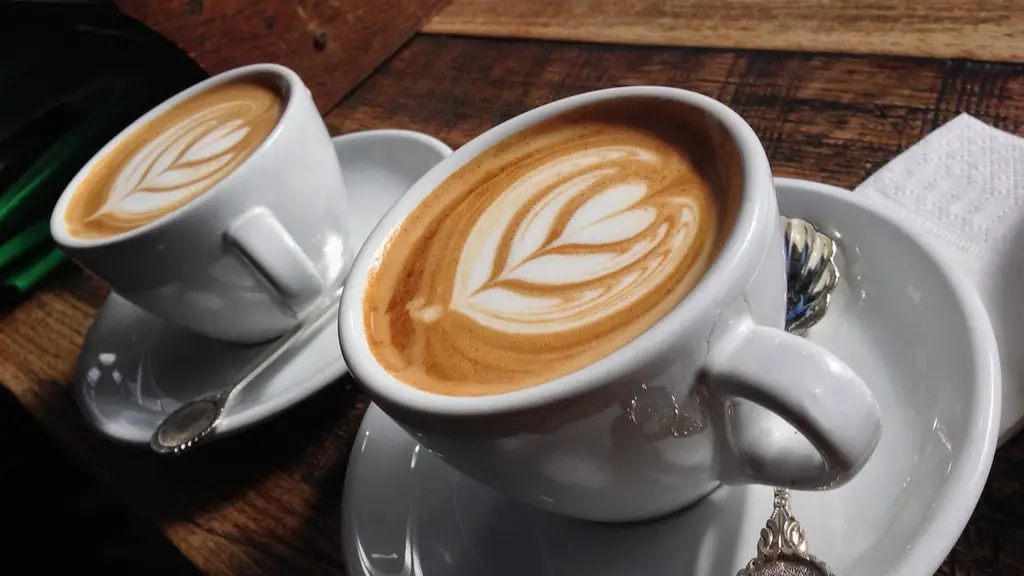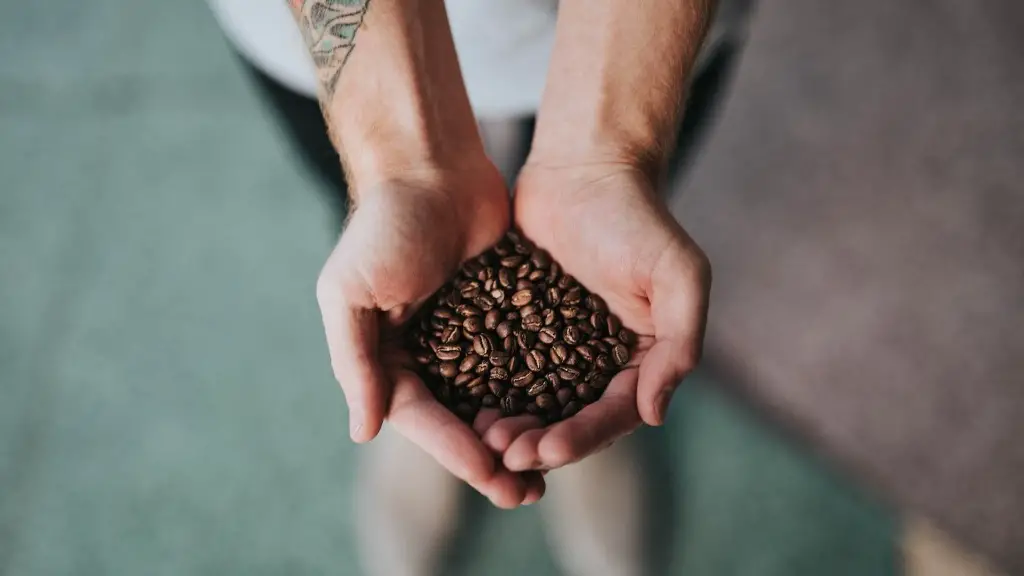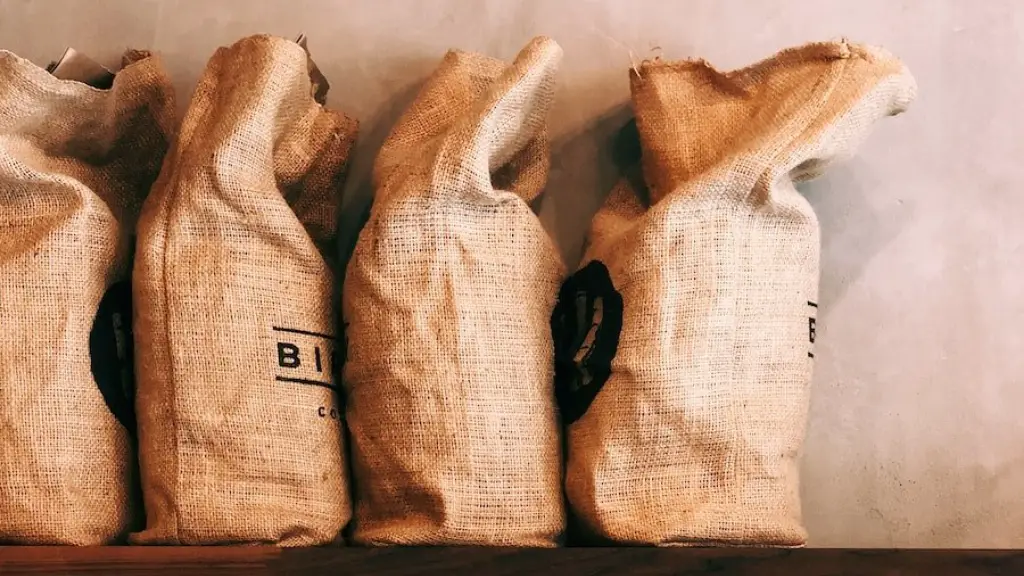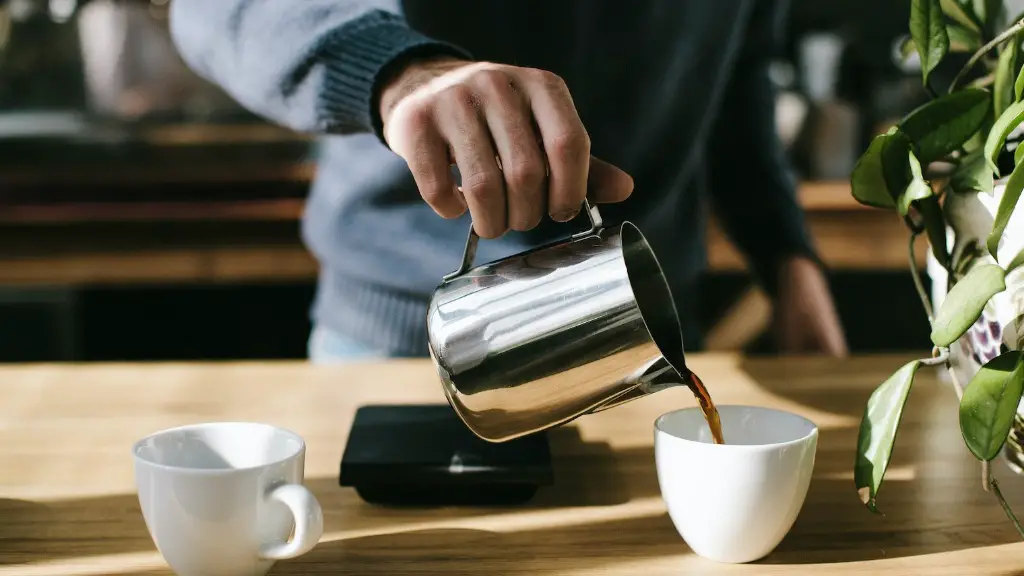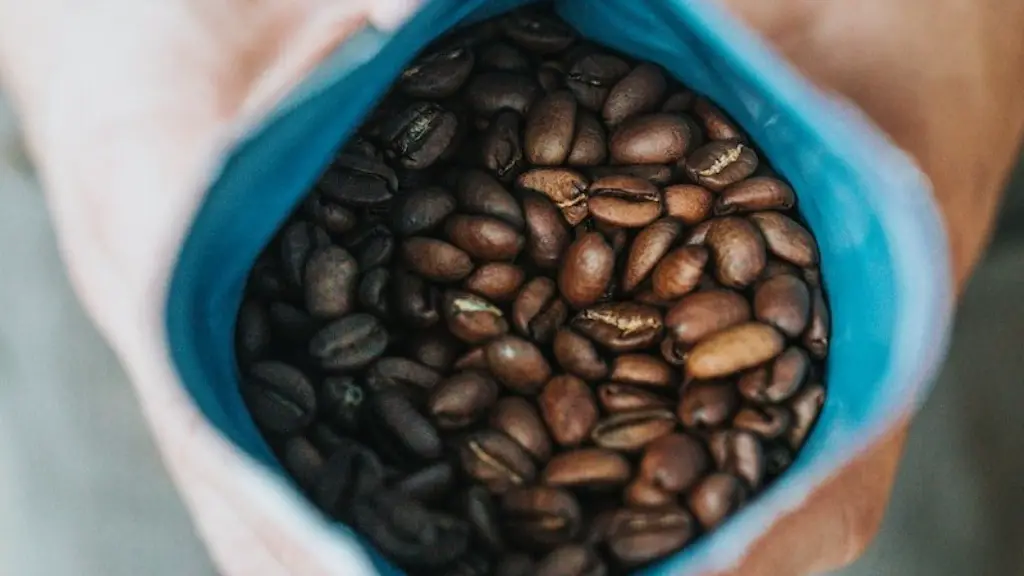If you don’t have a coffee grinder, there’s no need to worry. There are several ways to grind coffee beans without one. Use a mortar and pestle, blender, food processor, or even a rolling pin. Just make sure to use a fine mesh sieve to filter out the coffee grounds before use.
If you find yourself in a situation where you need to grind coffee beans but don’t have a coffee grinder on hand, there are a few methods you can try. One is to use a food processor. Simply add the coffee beans to the food processor and pulse until the beans are the desired consistency. Another option is to use a blender. Again, add the beans to the blender and pulse until they reach the desired consistency. Finally, if you have a mortar and pestle, you can use that to grind the beans. Add the beans to the mortar and pestle and grind until they are the desired consistency.
What is the best way to grind coffee beans without a grinder?
A food processor can be a quick and easy way to grind coffee beans. Simply pour the desired amount of coffee into the food processor, using the pulse setting to grind the beans in bursts of 3-5 seconds. Repeat the process until the desired consistency is achieved or a total of 30 seconds is reached. Tilting the food processor can ensure that the grind is roughly the same size.
When grinding coffee beans, it is important to leave a tiny bit of room at the top of the bowl. Once the beans are ground, they could easily become too fine and end up affecting the quality of the coffee.
What is the easiest way to grind coffee beans
If you want to grind your beans to a consistent medium-fine to fine grind, the best way to do it is with a mortar and pestle. It will take a little time and effort, but you should be able to get great results.
If you want to use a food processor to grind your beans, you can pulse them to the texture you want. For more consistent results, try blitzing a scant 1/2 cup of whole beans at a time.
If you’re looking to make coffee with a blender, the first step is to pulse the beans on medium speed to break them down to your preferred grind. Using a blender generally creates a coarser grind, great for brewing with a drip coffee maker, French press or cold-brew coffee maker.
What can I substitute for a coffee grinder?
There are different ways to grind coffee beans, depending on the desired outcome. The most common are the mortar and pestle, blender, rolling pin, hammer, and knife. Each method has its own pros and cons, so it’s important to choose the right one for the job.
Mortar and pestle: This is the traditional way to grind spices, medicines, and herbs into a fine powder. It’s very effective, but can be time-consuming.
Blender: A standard blender is a great alternative to a coffee grinder. It’s quick and easy, and can produce a uniform grind.
Rolling pin: This is a good option if you need a coarse grind. It’s quick and easy, but can be difficult to get a uniform grind.
Hammer: This is a good option for a coarse grind. It’s quick and easy, but can be difficult to get a uniform grind.
Knife: This is the quickest and easiest way to grind coffee beans. However, it’s difficult to get a uniform grind.
There are a few reasons why manual coffee grinders might produce slightly better tasting coffee than automatic grinders. Firstly, manual grinders don’t heat up coffee beans during grinding, whereas most automatic grinders grind at high speeds, which can cause the coffee beans to heat up slightly from the friction. Secondly, manual grinders usually allow you to adjust the grind size more precisely than automatic grinders, which can make a difference in the taste of the coffee. Finally, many people simply prefer the ritual of grinding coffee beans by hand, which can add to the enjoyment of the final cup of coffee.
How long does it take to grind coffee by hand?
We have found that grinding 10 grams of coffee takes roughly 70 revolutions of the handle, which takes between 30-40 seconds. Handground’s ergonomic, side-mounted handle also makes grinding easier than grinders with traditional top-mounted handles.
This note is about the average time it takes to hand grind coffee beans for one cup of coffee. This can vary depending on the type of hand coffee grinder you are using, the size of the grind, and the strength of your coffee. A fine espresso grind will take longer than a coarse cafetiere grind.
Is hand grinding coffee hard
If you’re grinding coffee by hand, it’s not a difficult task, but it can be tiring if you’re doing it for more than a couple people. The positive benefits of grindiing coffee by hand, though, are overwhelming.
Spraying coffee beans prior to grinding is encouraged because it reduces the amount of static. This means that less coffee grounds will stick to the side of your portafilter/grinder, so you will use all of the grounds and create less mess.
What happens if you don’t grind your coffee beans?
If you want to brew coffee without grinding the beans, it is possible. Keep in mind, however, that the brewing process will take much longer since the surface area of a whole bean is much smaller than grounds of the same size.
We think that starting with 7 tablespoons (or ~40 grams) of coffee for 6 cups is a good starting point. If you’re looking to make 8 cups, we recommend using 14 tablespoons (or ~80 grams) of coffee.
Can you grind coffee beans at Whole Foods
If you don’t own a grinder or blender/food processor, you can still grind your coffee beans. Whole Foods and Trader Joe’s have grinders available for use if you purchase their beans in-store. Coffee chains, including Starbucks and Philz Coffee, will also gratuitously grind your beans for you upon purchase.
If you’re a coffee lover, you might want to invest in a grinder. Pulsing your coffee in the food processor might work better than the blender because the beans have extra space to move around, resulting in a more even grind.
Can I grind coffee beans in a magic bullet?
Yes, you can grind coffee beans with your Magic Bullet. You may not get the best possible grind with this method, but it is certainly possible to do. If your current coffee grinder dies, this may be a good affordable option for you.
If you love coffee and want to make sure you’re getting the most out of your beans, then it’s worth investing in a good coffee grinder. However, if you’re in a pinch and just need a quick fix, your pepper grinder can do the job just fine. So next time you’re craving a fresh cup of coffee, remember that your pepper grinder is there to help you out!
How long does it take to grind coffee beans
It’s important to not over grind your coffee beans. If you do, you’ll end up with a powdery mess. The ideal grind size for coffee is somewhere between coarse and fine. And, the best way to achieve a consistent grind is to use a quality electric coffee grinder.
Wal-Mart is a great place to buy coffee grinders because they are usually reasonably priced and they have a great selection. You can also find coffee grinders in their stores that you can use for free. This is a great way to try out different coffee grinders before you buy one.
Warp Up
If you don’t have a coffee grinder, you can grind coffee beans using a food processor. First, put the coffee beans into the food processor and pulse the device until the beans are coarsely ground. Then, pour the ground coffee beans into a fine-mesh strainer and shake it over a bowl to remove any dust or debris.
If you don’t have a coffee grinder, you can use a food processor, a blender, or even a mortar and pestle. If you’re using a food processor or blender, pulse the beans in short bursts until they’re the desired consistency. If you’re using a mortar and pestle, it will take a little longer to grind the beans, but it’s still doable. Whichever method you use, make sure to clean the machine afterwards to get rid of any coffee residue.
